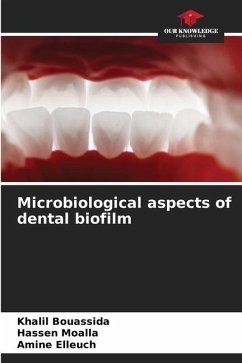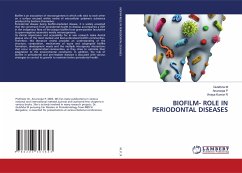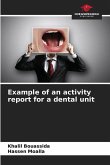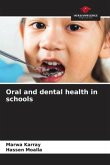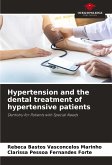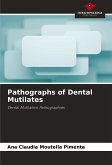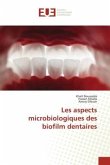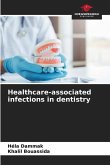Dental biofilm is a stable ecosystem in the form of several microbial colonies that modifies the characteristic physiology of the oral mucosa. It's an ecosystem that dynamically replaces dead cells, and its maturity enables it to shape a primitive circulatory system. This system controls the diffusion or expulsion of nutrients or other substances as required by the biofilm. This characteristic gives it the appearance of a living entity with integrity in its own right. Dental biofilm is a dynamic entity, and must therefore be studied in its microbiological context. The means of exploration, especially staining, are still limited. This difficulty, in addition to the differences between environments and individuals within the biofilm, leaves many mechanisms, especially interactive ones, unknown. The bacteriophage viruses and amoebae that exist in dental biofilms are unquantifiable, making it impossible to study the biological interactions of parasitism (bacteriophage viruses - bacteria) and predation (amoebae - bacteria).
Bitte wählen Sie Ihr Anliegen aus.
Rechnungen
Retourenschein anfordern
Bestellstatus
Storno

